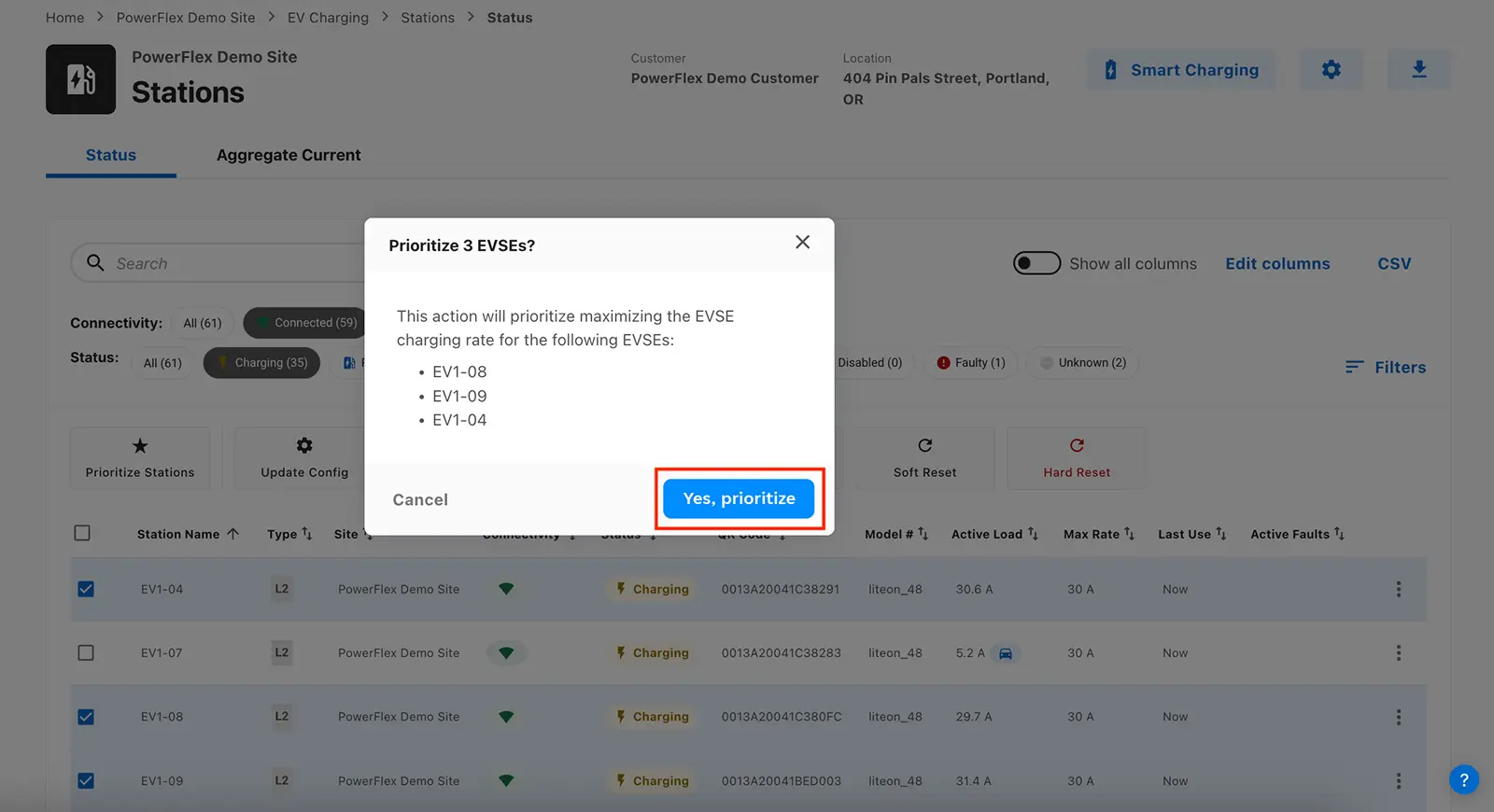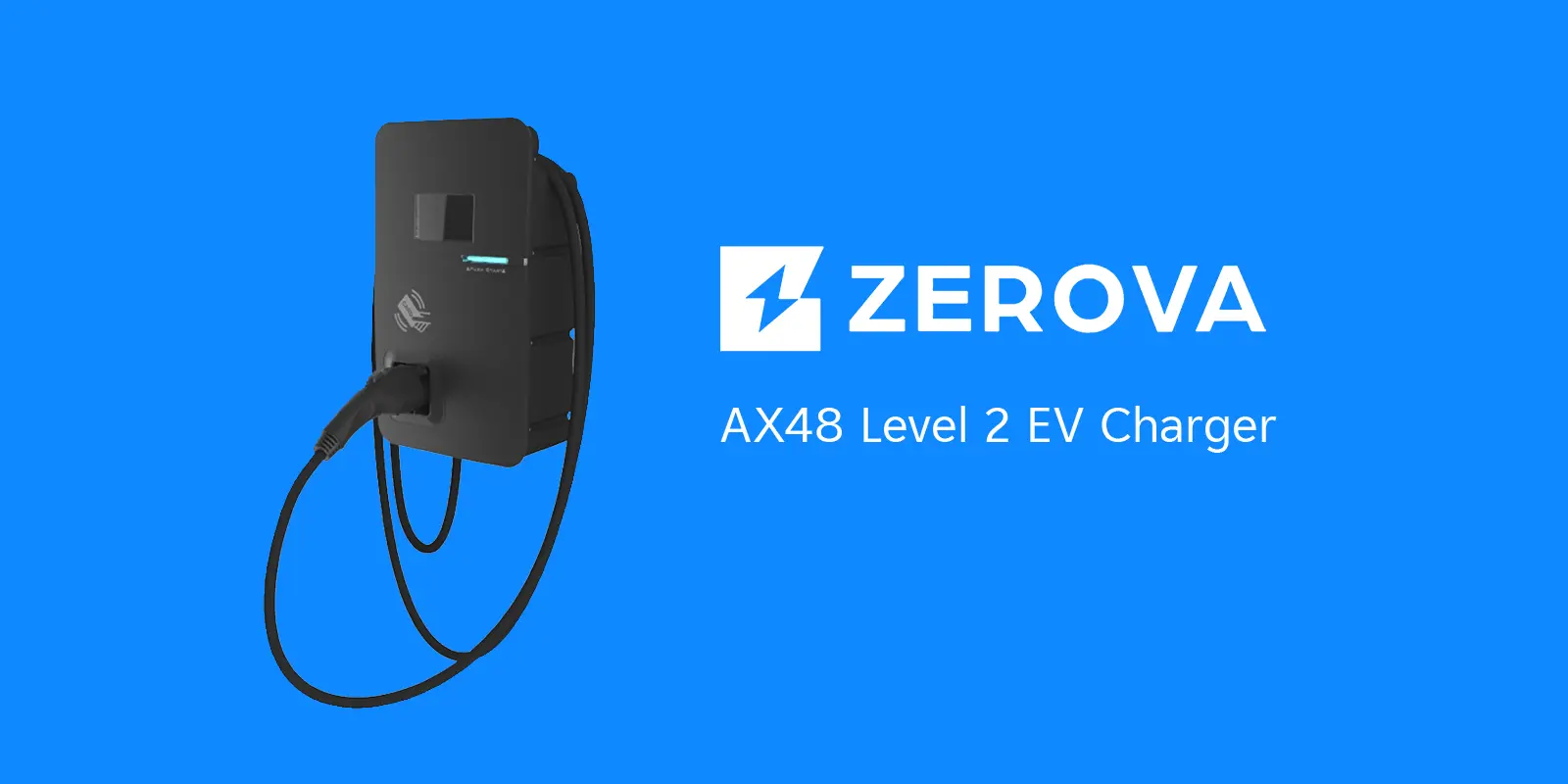© PowerFlex, All Rights Reserved
Minimize Costs With the Right EV Charging Hardware
Find out how selecting appropriate EV charging hardware can significantly reduce installation and operational costs while meeting your business's specific needs.
August 24, 2023

Businesses are realizing how important it is to have electric vehicle (EV) charging stations on site. With some states planning to end the sale of gas vehicles by 2035, the demand for EV chargers will soon be even higher than it is right now. It’s possible for companies to offer charging for consumers, residents, and employees without overcommitting capital. Let’s examine some available EV charging hardware options and how you can make choices to lower installation and operating costs.
Understanding EV Charging Equipment
Electric vehicle charging equipment includes a range of technologies. Understanding how this equipment works is helpful as you explore which types are right for you.
Contact us for a free PowerFlex X™ demo.
EV Charger Levels
Generally speaking, there are three tiers of electric vehicle chargers:
- Level 1 chargers use a standard 120-volt outlet. They are ideal for a homeowner but impractical for commercial applications.
- Level 2 chargers (L2) require 208- or 240-volt power and deliver enough charge in about eight hours to drive 200 miles. L2 chargers are small enough to mount on pedestals.
- Level 3 chargers (L3, DC Fast Chargers, or DCFC) can require up to 1,000-volt power and provide an EV with 200 miles of charge in just one hour. These chargers are large and require standalone cabinets.

Level 2 chargers are best for cost efficiency and optimization, whereas Level 3 chargers are best for speed. To learn more, see: EV Charging Basics: What Are the Different Types of EV Charging?
EVSE Hardware & Components
An EV network encompasses more than just charging stations. Here are some of the other components in a typical installation:
- Mounting systems (pedestal, wall-mount, or standalone stations)
- Charging cables and devices (cable holsters, retractors, high-point anchors, etc.)
- Concrete pads and bollards
- Dedicated EV electrical panels
- Transformers (installation or upgrades)
- Controller box to communicate with chargers
- EV charging management software
Though it all may seem overwhelming, don’t worry. A turnkey EV solutions provider can help create a customized plan for your EV charging network based on what makes the most sense for your individual situation. For more hardware information, check out our article on the cost of commercial EV charging stations.
Choosing Options Based on Driver Needs and Dwell Times
A trusted EV charging company like PowerFlex considers the characteristics and needs of both the vehicles and the drivers to minimize the cost of the installation itself.
Battery Size & Vehicle Type
The type of EV that plugs into a charging network will influence hardware selection. For instance, there’s a connection between battery size and charging habits. To address range anxiety, drivers of small-battery vehicles will likely want to plug in every day. Those who drive cars with a larger battery benefit from a more extensive driving range, so they may choose to charge every other day. A Level 2 charger is great for both scenarios. Fleet vehicles, such as electric vans and buses, have predictable routes and charge at set times (typically overnight), which also is ideal for using Level 2 chargers. In contrast, long-range electric freight trucks can only charge using DCFC (Level 3) chargers.
Dwell Times
The length of time a vehicle “dwells” at a charging location influences charger selection. For example, DCFC provides the fastest charging, but not all drivers need DCFC. For cars parked overnight or during work hours, Level 2 chargers provide sufficient power at affordable installation and operating costs. Here are some examples of dwell times and recommended charger types for different properties and drivers:
Offices
- Drivers: Employees and visitors
- Dwell Time: 8 hours
- Solution: Level 2 chargers for workers who will be parked all day, plus some DCFCs for those who might need a quicker charge
Multi-Unit Dwellings
- Drivers: Residents
- Dwell Time: 12+ hours
- Solution: Level 2 chargers for tenants who will be mostly charging overnight
Retail Locations
- Drivers: Customers
- Dwell Time: 1–2 hours
- Solution: DCFCs for shoppers who need to replenish their EVs while out and about
Number of Chargers
The number of chargers an installation requires depends on the size of your parking structure and your local building codes (such as California’s call for 10% EV charging spaces). However, scaling up to keep pace with EV charging demand is a wise investment, especially if you install now. Fixed costs (such as design, permitting, and equipment mobilization) make expanding an existing network disproportionately costly. According to Balthazar Lechene, Associate Director of Hardware Product Management at PowerFlex, “There are big economies of scale for installing a large number of chargers today rather than doing it in different phases, like five today, five tomorrow, five two years from now.” Level 2 chargers installed at scale work harmoniously with an intelligent energy management platform like PowerFlex X.
Keeping Costs Low With PowerFlex X
The right EV charging software can drastically reduce installation and operating expenses. PowerFlex X™ makes it possible to cut commercial EV charger installation costs by 60% or more and, at the same time, install more chargers than a traditional network. PowerFlex X does this through Adaptive Load Management® — patented algorithms that consider a site’s power limit, electricity tariffs, charger needs, and driver needs. The platform customizes energy delivery for each charging station while avoiding expensive peak demand charges and ensuring each driver returns to a fully charged battery.
PowerFlex has provided large-scale EV charging networks for customers such as Los Angeles International Airport, Hilton, DHL, and many more. Contact us today to find out how we can work together to customize your EV charging solution.






